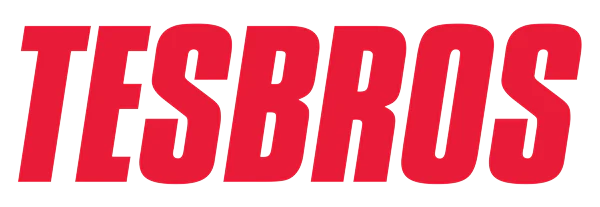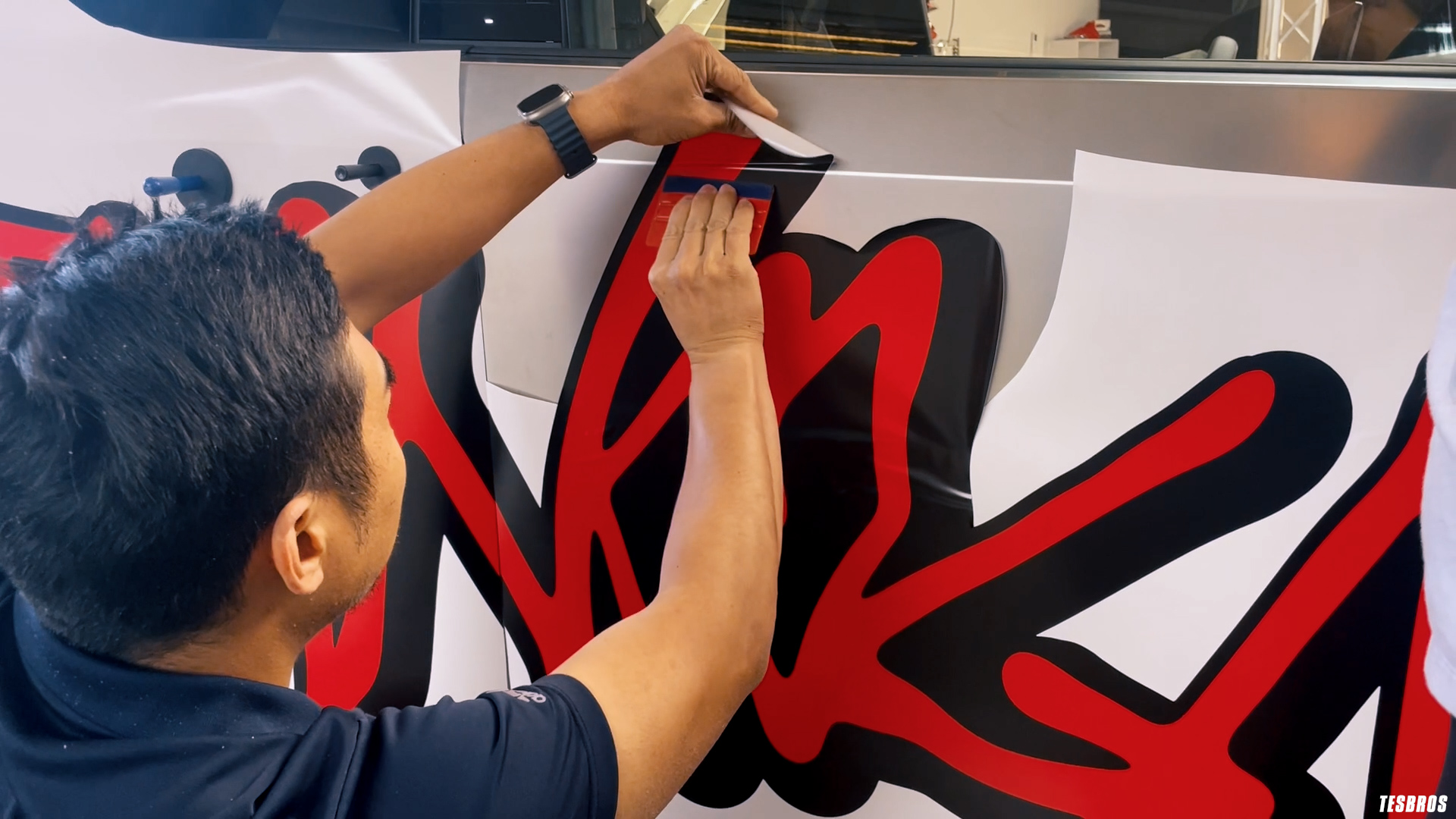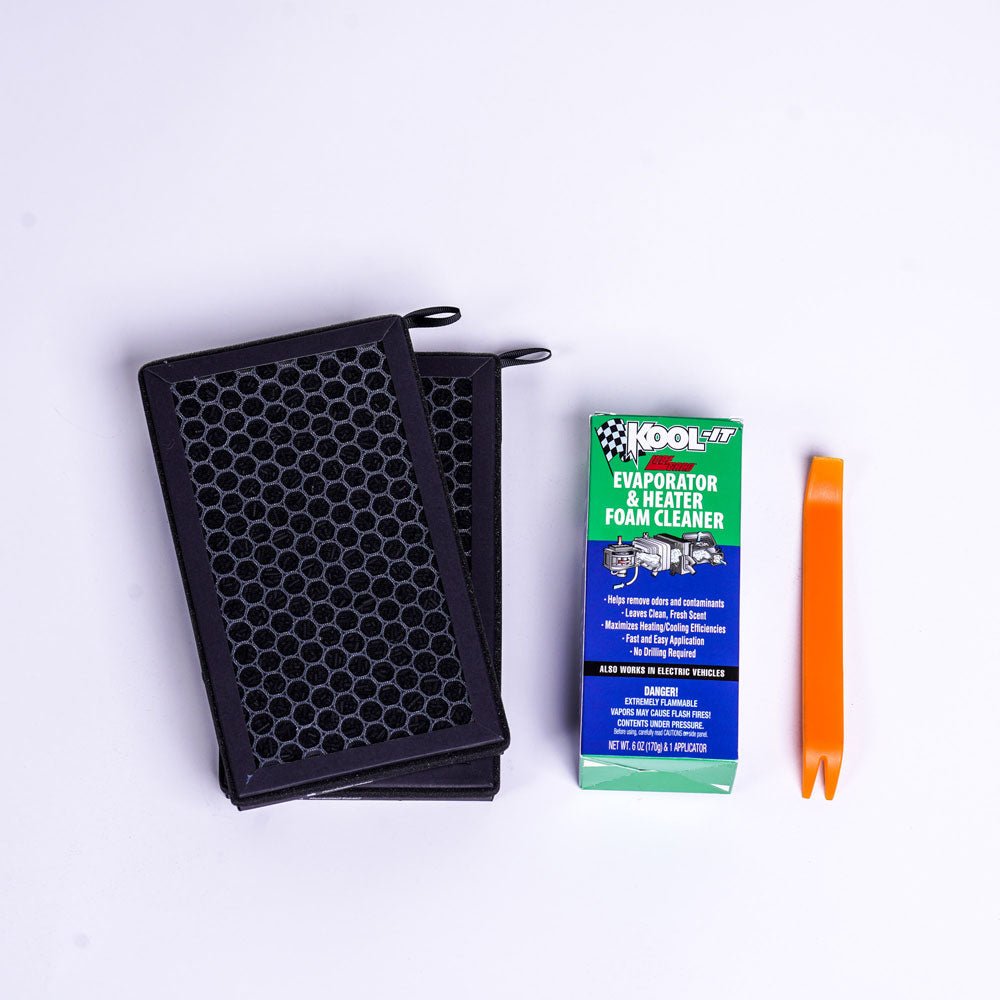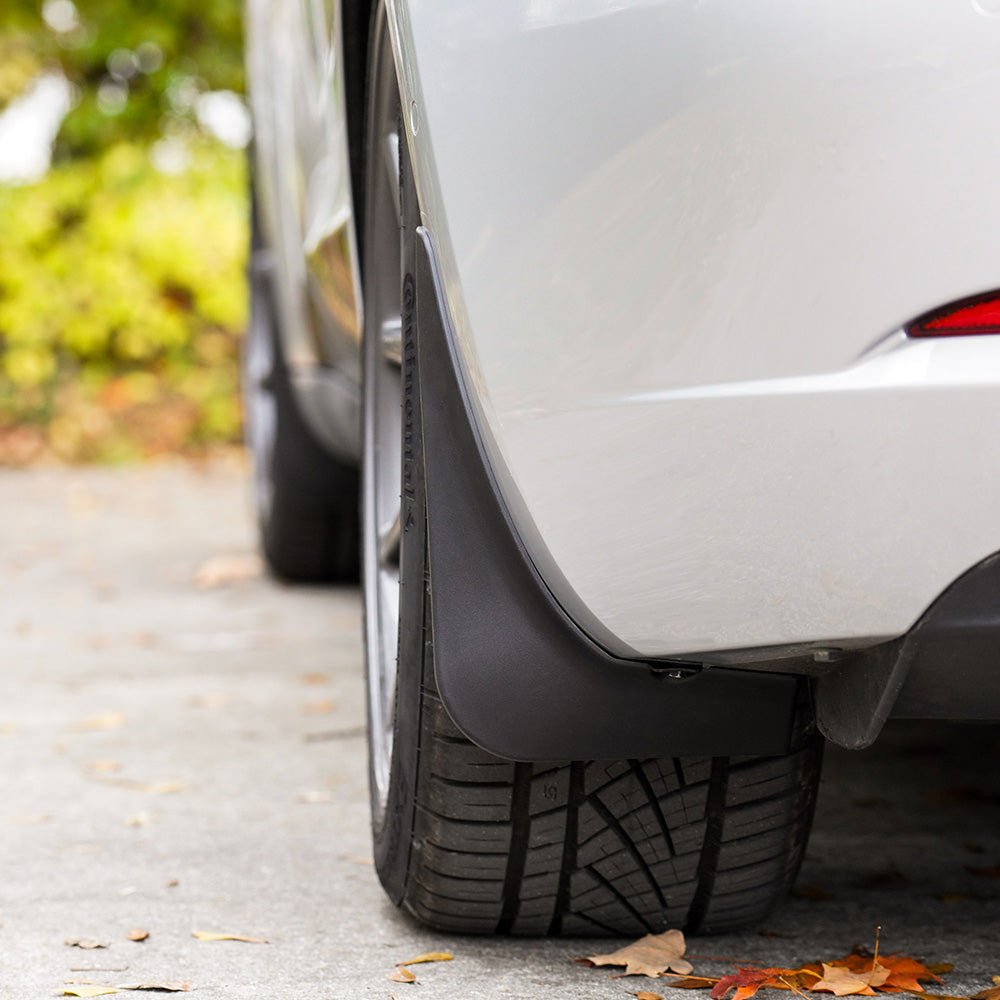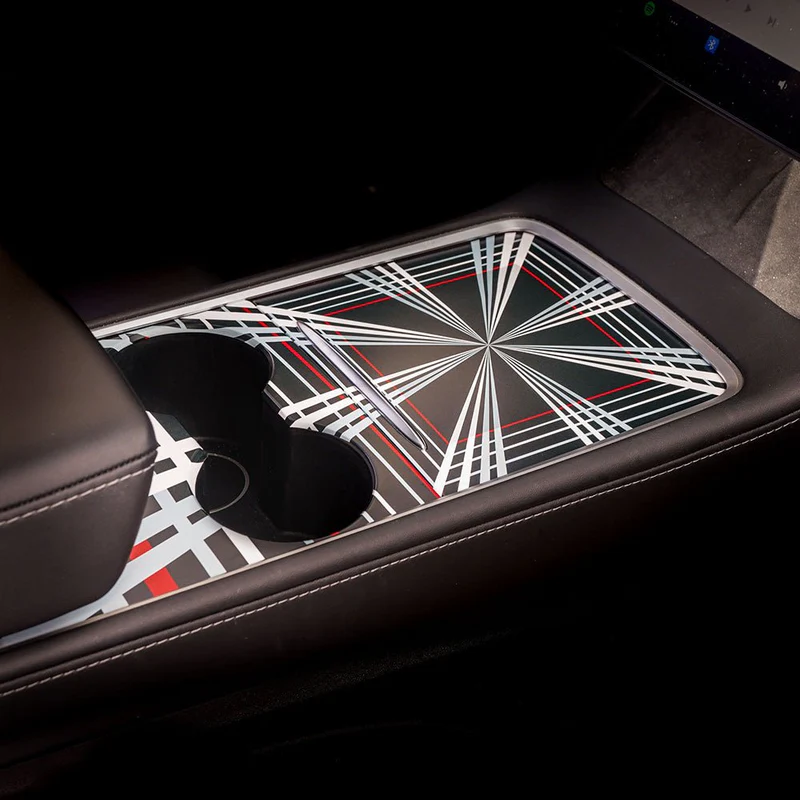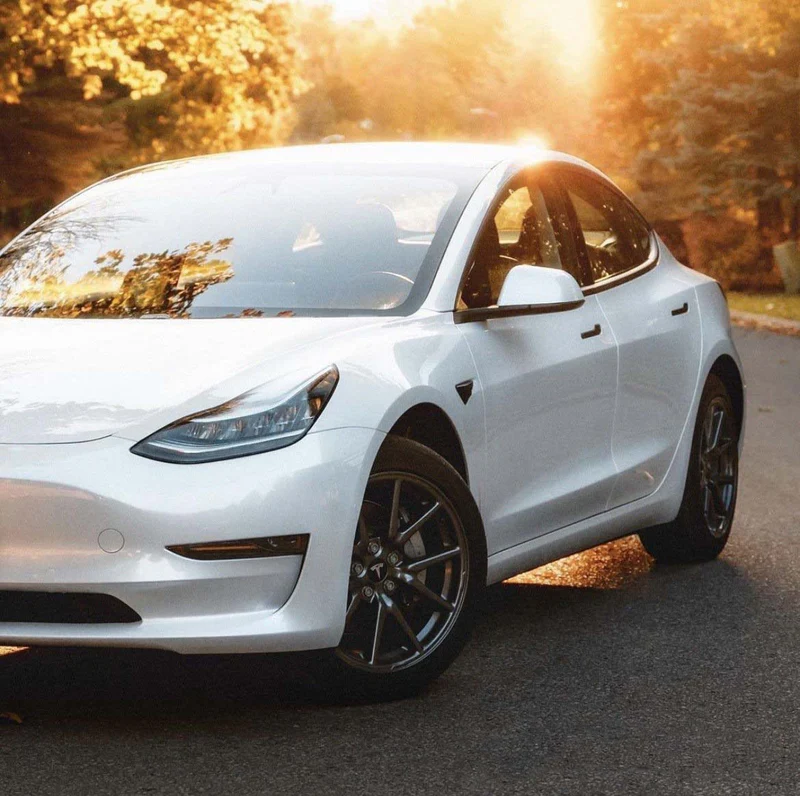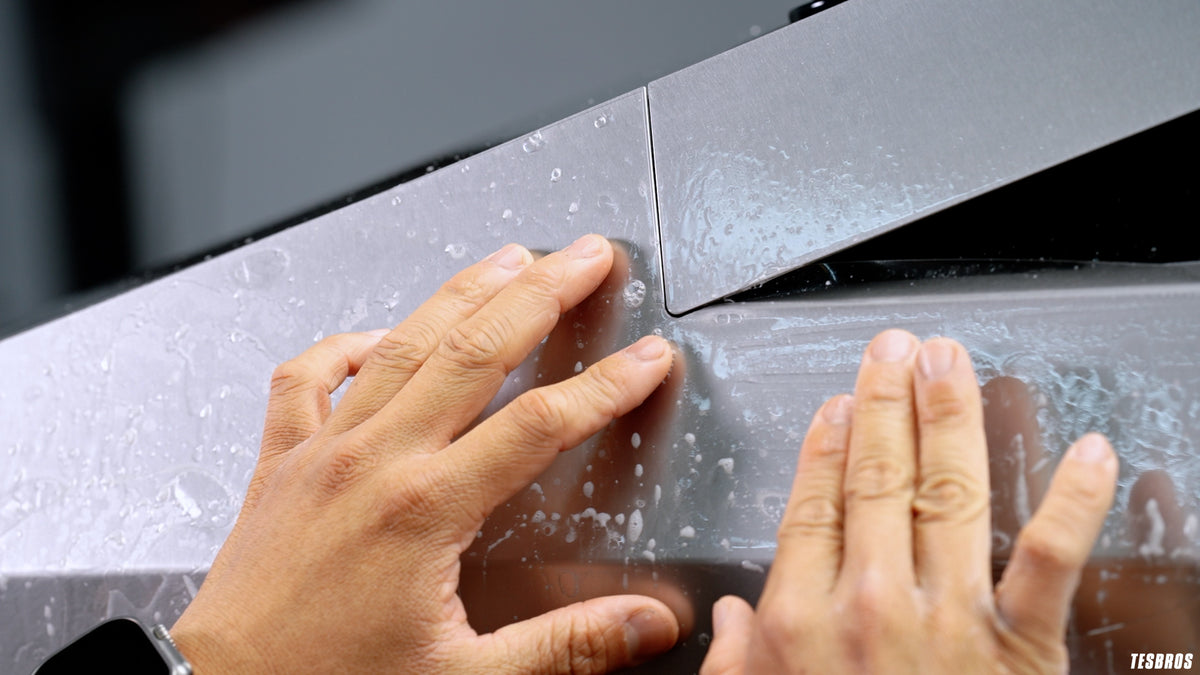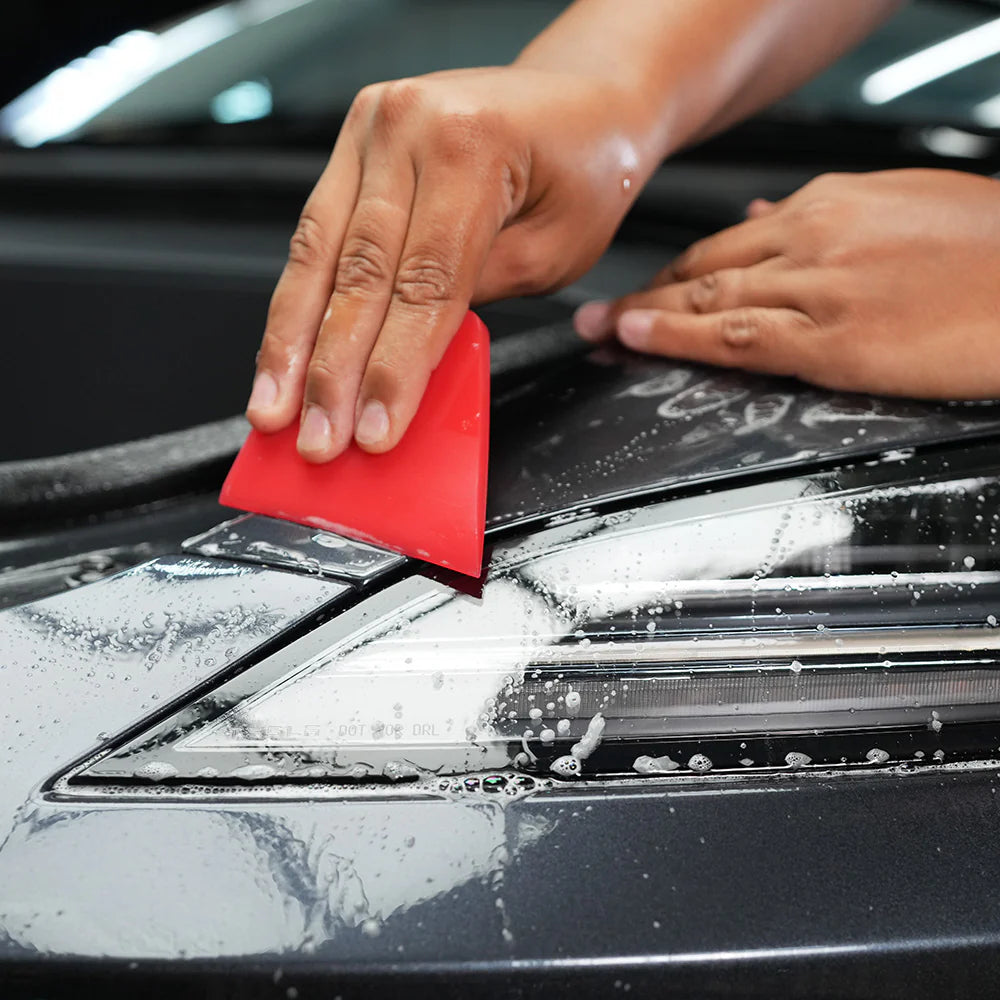Regular maintenance is essential to ensure your mudflaps remain effective and protect your Tesla Model 3. Over time, mudflaps can accumulate dirt, wear down, or become misaligned due to regular driving conditions. Here are some practical tips to keep them in top condition:
Clean Regularly
Mudflaps are exposed to dirt, mud, and road grime, so it's important to clean them regularly. Use a hose or pressure washer to remove loose debris, followed by a soft cloth and mild soap to scrub off any stubborn stains. Cleaning prevents buildup that could damage the mudflap material or spread to the car’s body.
Inspect For Damage
Periodically check your mudflaps for cracks, tears, or excessive wear, especially if you frequently drive on rough or gravel roads. Damaged mudflaps won’t provide proper protection and may need to be replaced to maintain their effectiveness.
Tighten Fasteners
Over time, screws or clips securing the mudflaps can loosen due to vibrations and impacts. Inspect the fasteners every few months and tighten them to ensure the mudflaps remain securely attached to the vehicle.
Remove Debris
Mudflaps can trap small stones, twigs, or other debris that may scratch the car’s paintwork or create noise while driving. To keep the mudflaps functioning properly, regularly remove any trapped materials.
Replace When Necessary
Even high-quality mudflaps have a lifespan. If you notice significant wear, cracks, or no longer secure fit, it’s time to replace them. Replacing worn-out mudflaps ensures continuous protection for your Model 3.
Do Mudflaps Affect The Aerodynamics Of The Model 3?
Aerodynamics plays a crucial role in the performance and efficiency of electric vehicles like the Tesla Model 3. Any additional accessory, including mudflaps, raises questions about its potential impact on the vehicle's drag coefficient and overall efficiency. Let’s explore how mudflaps interact with the Model 3’s aerodynamics:
Minimal Impact With Proper Design
High-quality mudflaps, especially OEM or aerodynamically designed aftermarket options, are engineered to complement the sleek contours of the Model 3. These designs ensure the mudflaps fit flush with the car's body, minimizing air resistance and maintaining efficiency.
Universal Mudflaps May Increase Drag
Universal mudflaps or poorly designed aftermarket options may protrude awkwardly from the vehicle’s profile, potentially increasing drag. This could slightly impact range and efficiency, although the effect is usually negligible for most drivers.
Practical Benefits Outweigh Minor Aerodynamic Changes
While it’s true that even a small alteration can influence aerodynamics, the protection mudflaps provide generally outweighs the negligible impact on efficiency. The reduced damage to the paint, prevention of rust, and safety improvements far exceed any minor reduction in range.
Driving Conditions Matter
Mudflaps' aerodynamics become less significant in everyday driving conditions. On highways or in extreme weather, their ability to reduce spray and debris is far more critical than the slight impact they might have on drag.
Read also:
